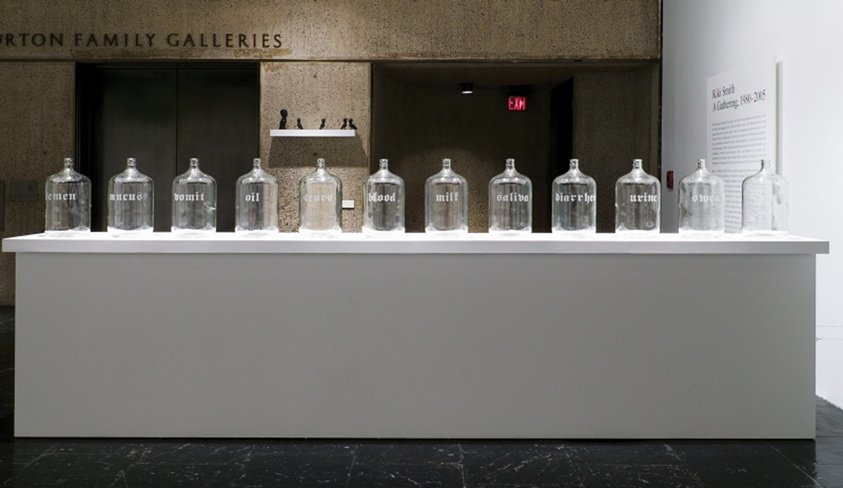List 5-10 key influences (artists, thinkers, writers, musicians, etc.). Include both obvious heroes and surprising ones.
1- Doris Salcedo, and how she deals with grief. “A Flor De Piel” is one of my favorite pieces created by Doris Salcedo.
2- Kiki Smith, her Jars and her Deer at the Whitney Museum (2005)
3- The Millau Viaduct by Norman Foster. It’s the most elegant bridge, and piece of infrastructure. It stands out, and celebrates the valley in which it’s built.
4- Bitches Brew by Miles Davis. I love how experimental this album is. I feel like if an alien would want to understand how expansive music can be, this album should be it.
5- Diego Rivera for how sculptural his figures are. He has greatly influenced my work as a painter, and sculptor.
6- Jacob Lawrence for his storytelling and strong composition.
1- Doris Salcedo and “A Flor de Piel” at the Guggenheim Museum (2015)
It took me a minute to remember how I first came across her work. It was through the recommendation of the co-organizer of a workshop I took in Colombia, exploring the use of Guadua bamboo in architecture. Doris Salcedo had a solo exhibition at the Guggenheim Museum when I returned to NY from that workshop, back in 2015. It’s one of the only artists whose work truly fit the architectural spaces. What I remember most were the shoes embedded into the walls, “A Flor de Piel” and the chairs cast in concrete.
2- Kiki Smith, her Jars and her Deer at the Whitney Museum (2005)
She was one of the first conceptual artists I came to love. I saw her exhibition at the former Whitney Museum, and remembered being really moved by her installation of empty jars with writings on them, and the sculpture of a deer giving birth to a woman. “Untitled, 1986” Installation with Jars & “Born, 2022” Statue of Woman and Deer.
3 - The Millau Vaduct by Norman Foster
4- Miles Davis and “Bitches Brew”
5- Diego Rivera and his Flower Vendors
6- Jacob Lawrence, The Migration Series
Panel 58: In the North, African Americans had more Educational Opportunities.





